
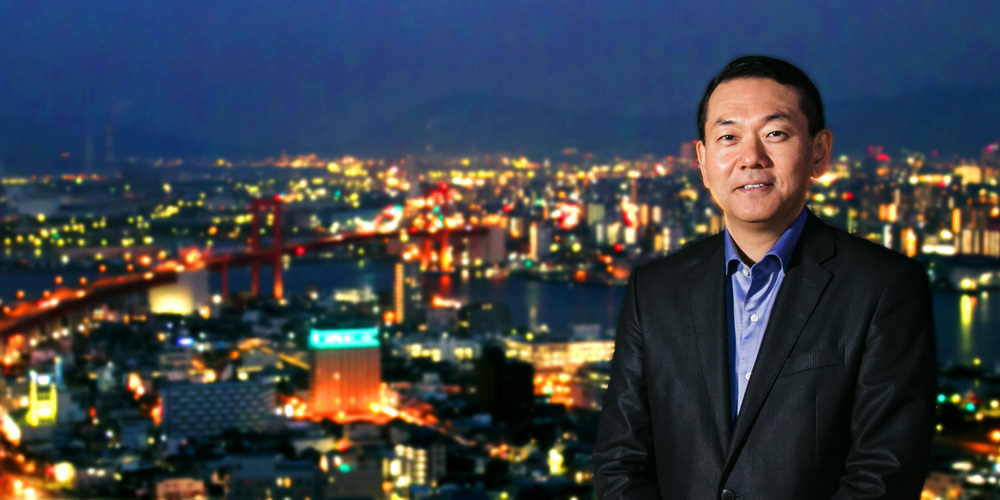
a night view critic / night view producer
Travelogue on night views in Kitakyushu
by Motoo Marumaru


a night view critic / night view producer
Travelogue on night views in Kitakyushu
by Motoo Marumaru
Mr. Motoo Marumaru is active as a night view critic. As a specialist in the field of night views,
he is closely connected with Kitakyushu as a result of supervising illuminations of Kokura,
Moji Port, Space World and so on, as well as holding the Night View Summit.
He is a "connoisseur of night views" in Kitakyushu, with deep knowledge of night view spots in
the region. In the following, this night view expert will be your guide to night views in Kitakyushu.
Mr. Motoo Marumaru is active as a night view critic. As a specialist in the field of night views, he is closely connected with Kitakyushu as a result of supervising illuminations of Kokura, Moji Port, Space World and so on, as well as holding the Night View Summit. He is a "connoisseur of night views" in Kitakyushu, with deep knowledge of night view spots in the region. In the following, this night view expert will be your guide to night views in Kitakyushu.


It's fantastic to ascend to the mountain-top by cable car and slope car.
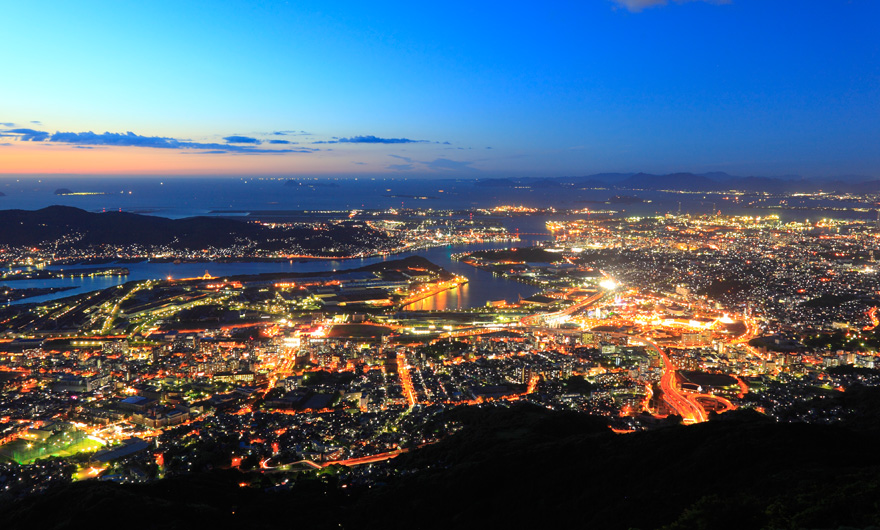
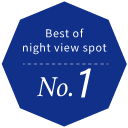

The night view from Mt. Takato, known for the legend of a kappa(water sprite), is nicknamed a "jewel box hidden by kappa."
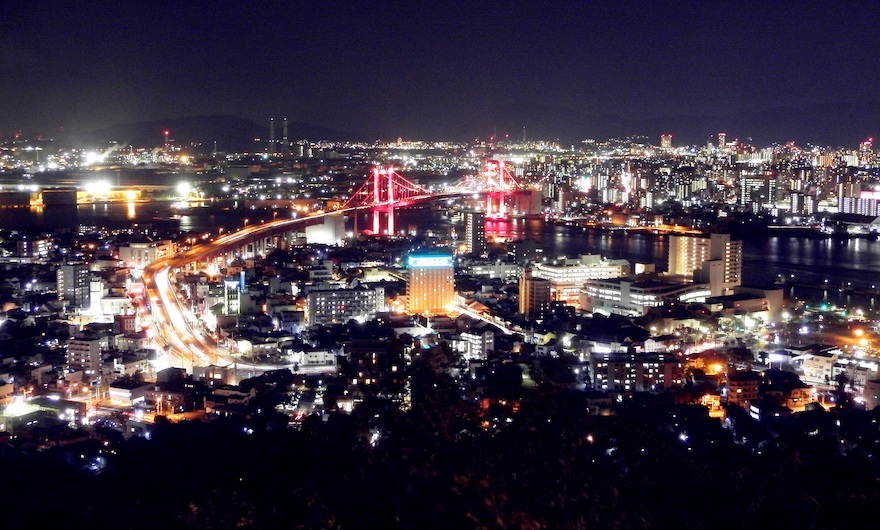


I recommend the night view of Kanmon Strait between the lights on the land from the Mojiko Retro Observatory, not to mention the night view of the Mojiko Retro district itself.
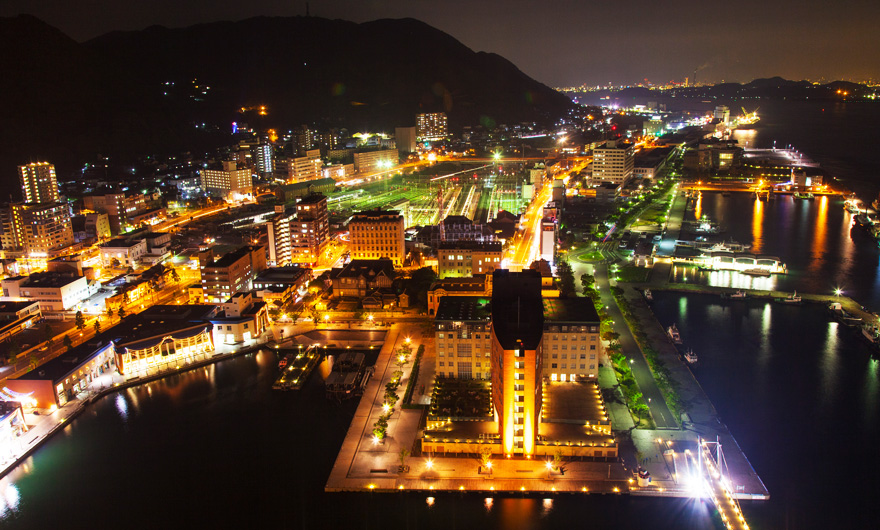
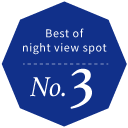

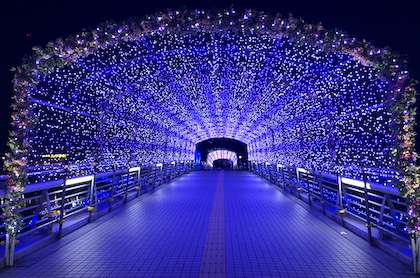
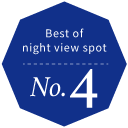

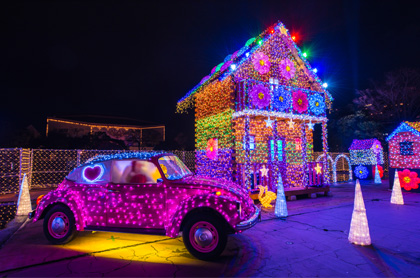
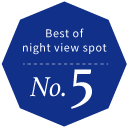
Kitakyushu has a very high level of attraction as a night view city due to the large number of spots from which we can enjoy night views, as well as the hospitality of local people.
Kitakyushu is a rare city which boasts both wonderful geographical features, including ports, hills, and mountains, and many well-maintained parks on its hills, such as the parks near the Port of Moji and on Mt. Takato, as well as the Korodai Park.
In general, excellent night views consist of the following four factors; bird's-eye night views from "night view spots," staged illuminations represented by spot-lighted structures, winter illuminations along streets, and cultural and traditional lights such as those seen in night festivals. Night views in Kitakyushu contain all of these high-quality factors in an ideal balance.
Some night views are seen from places high above the ground, such as Mt. Sarakura, some comprise lit-up structures around the city, including the Kitakyushu Iron Tree, and others feature brilliant illuminations as seen in Kokura, the Port of Moji, and Kurosaki. While the city has Space World as an illuminated amusement park, the Tobata Gion Oyamagasa Festival is designated as a night view heritage.
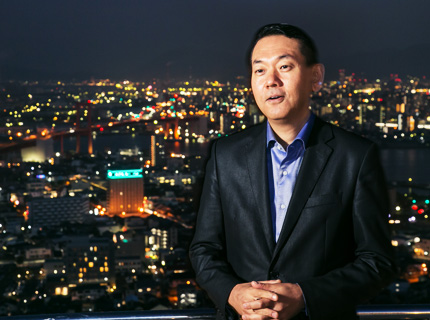
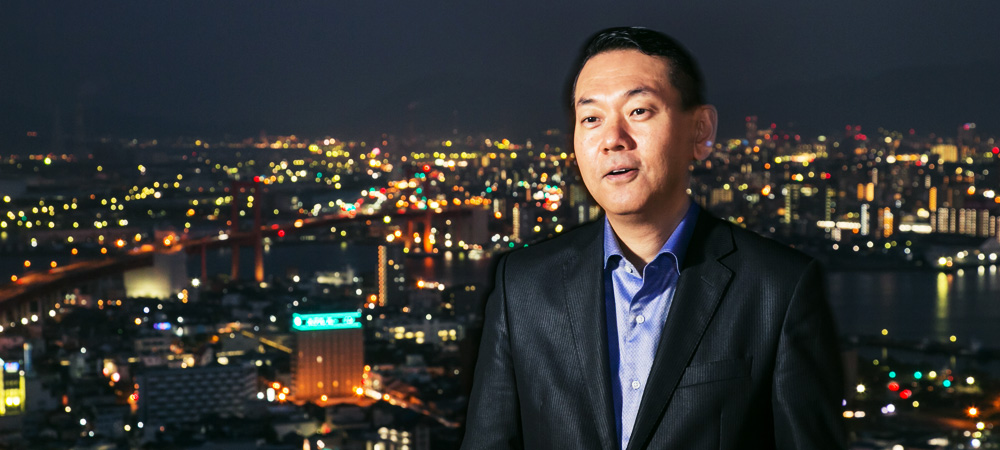
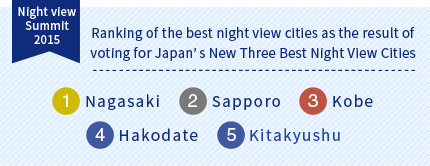
Night views in Kitakyushu are of such high quality that the city could top renowned night view cities such as Kobe and Nagasaki if greater efforts were made to share the charms of night views in Kitakyushu. In fact, Kitakyushu eclipsed some famous major cities to be ranked fifth as the result of voting (once every three years) for deciding the new three best night view cities in Japan in the Night View Summit 2015 in Kobe.
Every time I come to Kitakyushu, I am reminded that the collaboration of nature and artificial things is very unique here. There are mountains, over which lights of residential areas are shining. There are also ports, near which lights of ships are moving. Such combination is unique to Kitakyushu. The city also has the view of the Mojiko Retro district lit with the setting sun. The most prominent feature of night views in Kitakyushu is that we can enjoy feeling both nature and artificial lights here, which are integrated into one landscape.

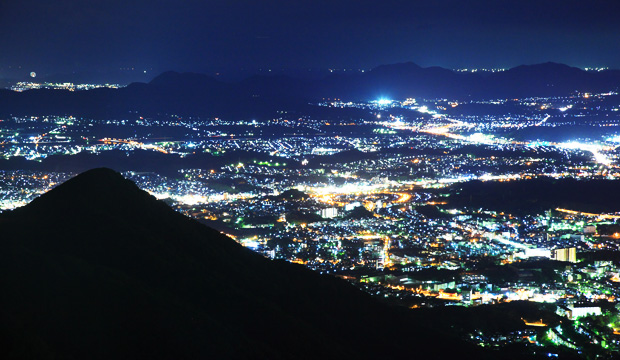

The night view to the north from the observatory is well-known, but I prefer the night view to the west from here. The silhouette of the mountain against an extensive land background makes this night view unique to Kitakyushu.
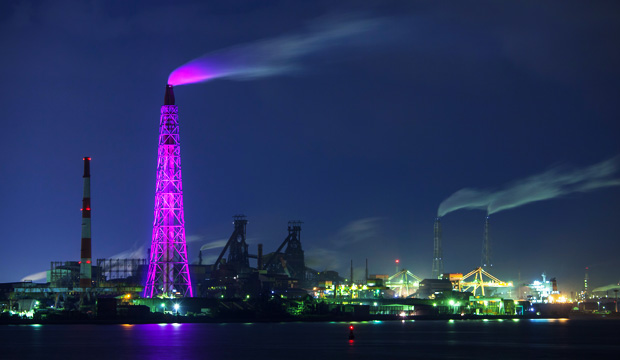

Though at some distance from those buildings, this places you in front of a night view of the Iron Tree and factories, between which there is the sea. I like the combination of the light and shadow of the twilight sky and the evening view of factories, and the Iron Tree highlighted there.
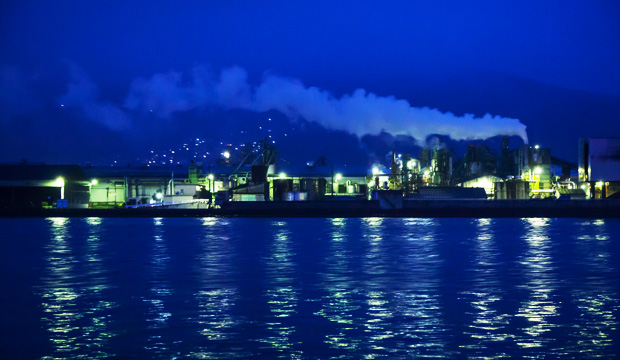

The regular night view cruise operates from the Ports of Kokura and Moji. Factory night view navigators, who were trained in 2013, will help you to further enjoy the night views of factories through their commentaries.
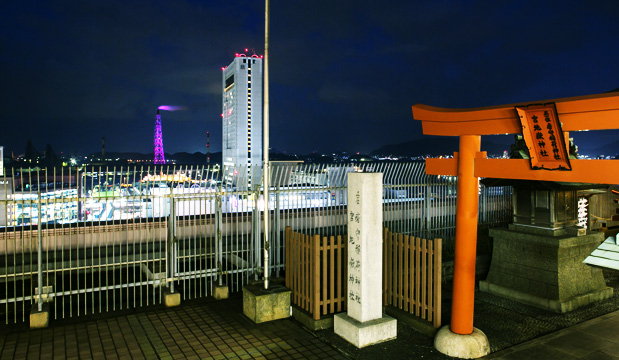

Every time I stay in Kokura, I visit the shrine on the rooftop of this building to pray for success in my work next day. I like the Iron Tree seen from the rooftop of this building, though it is seen through the fence.
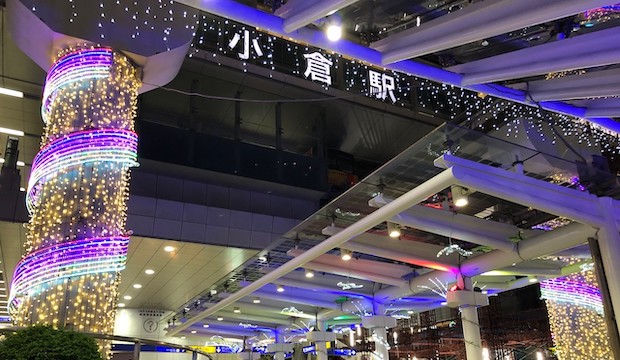

Brilliant night views are a winter staple. This year, I engaged in supervising installation of a Christmas tree in the station, as well as illuminations at the north and south entrances.
Kitakyushu has recently been acquiring a strong reputation as a city with excellent night views.
It has a large-scale illumination designated as a night view heritage, as well as clusters of factories, the night views of which have been becoming popular. The night views in Kitakyushu have gained higher recognition because the combination of night views from mountains such as Mt. Sarakura and Mt. Takato, those of factories, and illuminated buildings has led to higher quality.
The city has many night view spots, including unique and interesting ones such as some on the hills that local people alone know, some of which I love. I guess most citizens of Kitakyushu have their own favorite night view spots.
People here feel that the local night views belong to them, so it's not surprising that they are fond of these views. Night view culture is rooted in both the citizens and the city itself, so it does not consist merely of tourist attractions. I believe this is why Kitakyushu is such a high-level night view city.

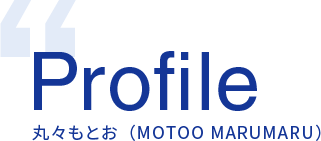
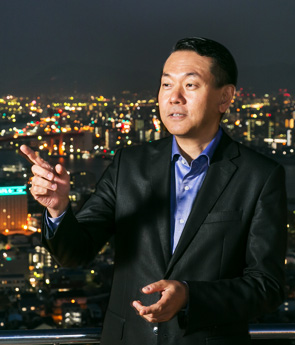
Night view critic / night view producer / illumination producer / Representative director, YAKEI Convention & Visitors Bureau
Born in 1965, Mr. Marumaru graduated from the Department of Tourism, Faculty of Sociology, Rikkyo University.
He is the one and only night view critic in Japan. He reviews the beauty of night views based on landscape studies, color psychology, etc., as well as having established his own methodology of "night view studies," which aims to reveal the essence of night views in relation to other genres, including folklore studies, art history, economics, literature, and service industries such as the hotel and restaurant industries.
He has so far written more than 50 books, including Ajia no Yakei (lit. "Night views in Asia," published by Kawade Shobo Shinsha), Yajo (lit. "Castles in the night," Sekaibunka Publishing) and Saishinban Nihon Yakei
Isan (lit. "The latest night view heritages in Japan," Kawade Shobo Shinsha), as well as appearing in many TV programs, such as Solomon Ryu on the TV Tokyo network. He has also served as a night view tourism advisor for the cities of Kobe, Yokohama, Nagasaki, Kawasaki, Shunan and Ashikaga, as well as Hiroshima Prefecture, and so on, and as a producer of illuminations in many places, including the Kitakyushu Iron Tree, Huis Ten Bosch, and the Glover Garden in Nagasaki.







